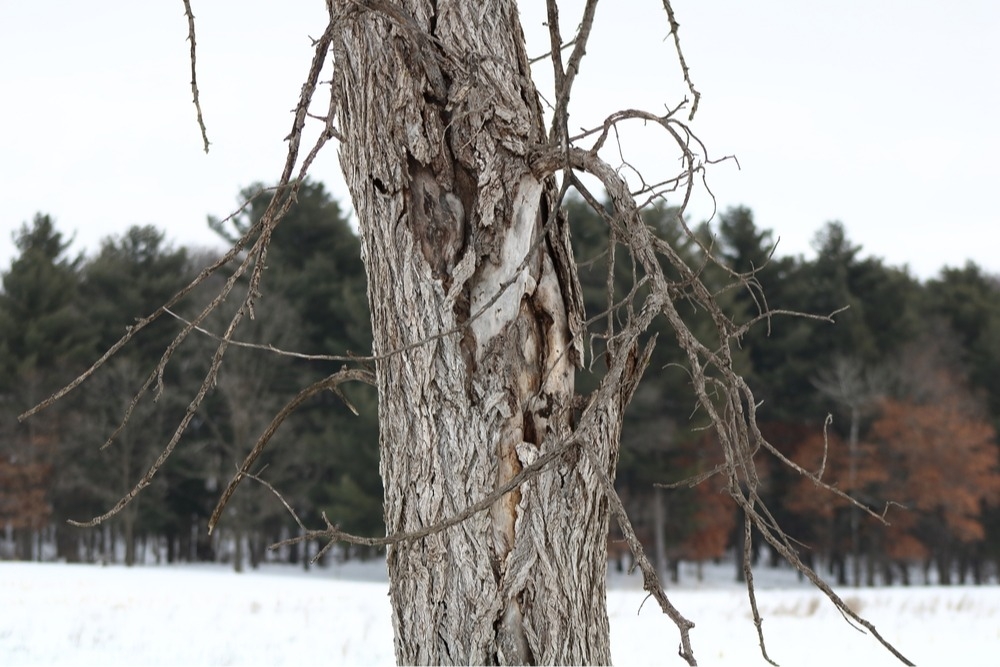What Is Dutch Elm Disease?
Elm trees add both beauty and value to your home. Their large canopies shade your house and help you keep your cooling costs low and their foliage makes your yard stand out from others in the area almost year-round. And while these trees are relatively hardy and can withstand periods of drought during the growing season, they’re not invulnerable. These trees are particularly vulnerable to Dutch elm disease or DED. Here’s what your tree health care team wants you to know about this disease so you can protect the elm trees on your property.
What Is Dutch Elm Disease?
Dutch elm disease is a type of fungal disease that impacts elm trees. The disease is the result of two distinct fungi species: Ophiostoma ulmi and Ophiostoma novo-ulmi. Both funguses cause rapid infection and disease spread. Once the fungus spreads to a tree, the tree will likely start to exhibit signs of strain and, eventually, may die.
Like many tree diseases, Dutch elm disease is spread by bark beetles. These beetles pick up fungus spores from other elm trees and spread them to any tree they burrow into. Once the beetles lay eggs and the eggs hatch, the larvae will pick up the spores as they emerge from the tree and continue the cycle of spread.
Dutch elm disease impacts even healthy trees and many species found in the United States are particularly vulnerable to the fungus.
Signs Your Tree Is Infected
The disease can spread quickly, so being able to identify the common signs of an infection is essential if you want to increase your chances of saving the damaged tree and protecting other trees on your property. These are the signs you’ll want to watch for:
Yellowing leaves: The fungus often causes yellowing of the leaves, starting on the outer leaves of the tree’s canopy. If you notice yellowing during the peak growing season, it’s likely that your elm tree is infected.
Fallen leaves: Often, the yellowing leaves will gradually wilt, turn brown, and fall. And this can happen during the spring and summer when healthy trees hold onto their leaves. If you notice leaves falling around your elm tree during the growing season, your tree may have Dutch elm disease.
Brown streaks under the bark: As the infection spreads, it’s common to see brown streaks beneath the bark in the infected parts of the tree. If you think a limb is infected and you remove a small amount of bark, look for brown streaks. If you see them, your tree likely has Dutch elm disease.
Of course, these are just a few signs that your elm tree is damaged. If you’re concerned about your tree’s health, consider scheduling a professional inspection with a plant health care specialist.
Get Damaged of Dying Trees Removed by an Expert
Dutch elm disease can decimate the elm trees on your property and in your neighborhood. If you think you have an infected tree, don’t leave it until it’s too late. Schedule an appointment with the specialists at Root Tree Service. We’ll help you determine the best course of action to preserve the rest of your landscaping.
Go Back What Is Dutch Elm Disease?
Dutch elm disease is a type of fungal disease that impacts elm trees. The disease is the result of two distinct fungi species: Ophiostoma ulmi and Ophiostoma novo-ulmi. Both funguses cause rapid infection and disease spread. Once the fungus spreads to a tree, the tree will likely start to exhibit signs of strain and, eventually, may die.
Like many tree diseases, Dutch elm disease is spread by bark beetles. These beetles pick up fungus spores from other elm trees and spread them to any tree they burrow into. Once the beetles lay eggs and the eggs hatch, the larvae will pick up the spores as they emerge from the tree and continue the cycle of spread.
Dutch elm disease impacts even healthy trees and many species found in the United States are particularly vulnerable to the fungus.
Signs Your Tree Is Infected
The disease can spread quickly, so being able to identify the common signs of an infection is essential if you want to increase your chances of saving the damaged tree and protecting other trees on your property. These are the signs you’ll want to watch for:
Yellowing leaves: The fungus often causes yellowing of the leaves, starting on the outer leaves of the tree’s canopy. If you notice yellowing during the peak growing season, it’s likely that your elm tree is infected.
Fallen leaves: Often, the yellowing leaves will gradually wilt, turn brown, and fall. And this can happen during the spring and summer when healthy trees hold onto their leaves. If you notice leaves falling around your elm tree during the growing season, your tree may have Dutch elm disease.
Brown streaks under the bark: As the infection spreads, it’s common to see brown streaks beneath the bark in the infected parts of the tree. If you think a limb is infected and you remove a small amount of bark, look for brown streaks. If you see them, your tree likely has Dutch elm disease.
Of course, these are just a few signs that your elm tree is damaged. If you’re concerned about your tree’s health, consider scheduling a professional inspection with a plant health care specialist.
Get Damaged of Dying Trees Removed by an Expert
Dutch elm disease can decimate the elm trees on your property and in your neighborhood. If you think you have an infected tree, don’t leave it until it’s too late. Schedule an appointment with the specialists at Root Tree Service. We’ll help you determine the best course of action to preserve the rest of your landscaping.
